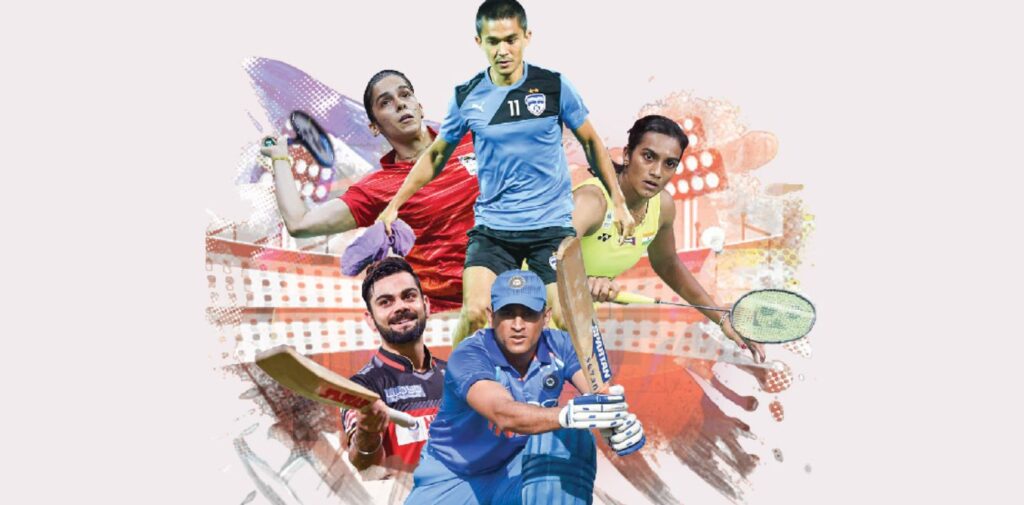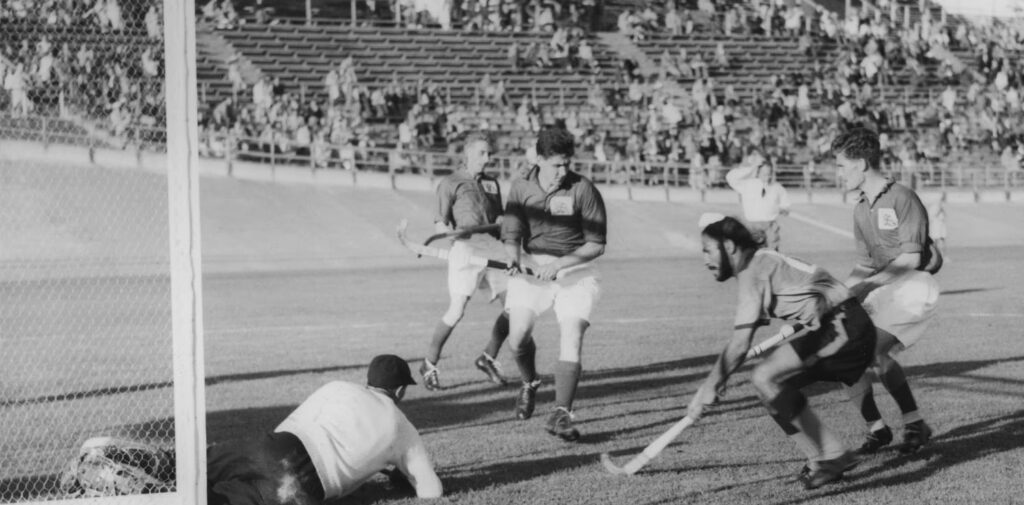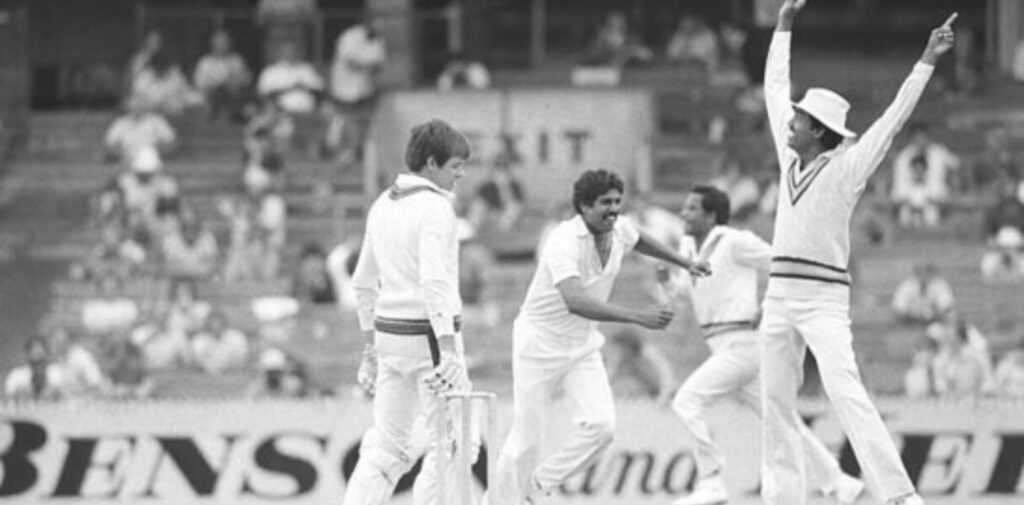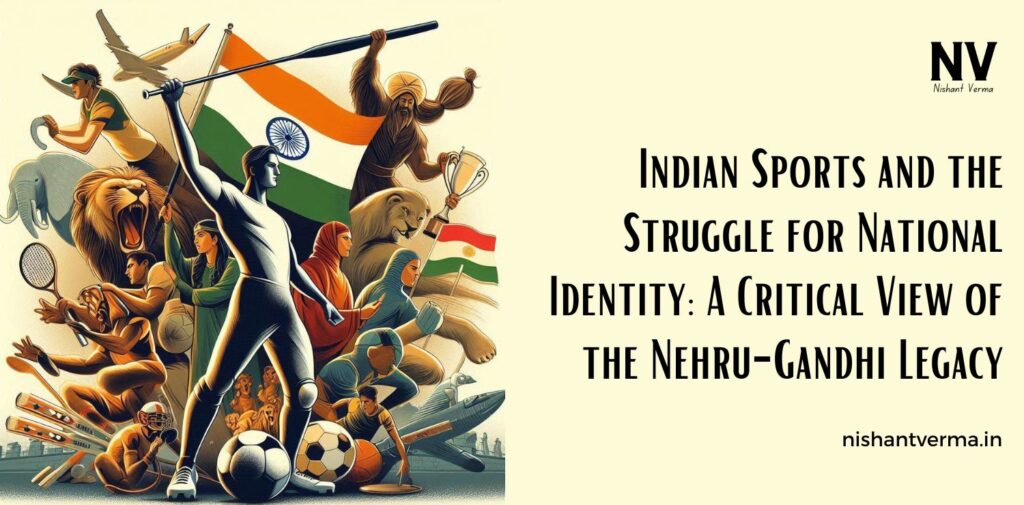Sports have long played a crucial role in shaping national identity and fostering unity, pride, and a sense of belonging. Indian Sports have been a means for people from different regions, cultures, and backgrounds to come together and showcase their shared spirit. While sports have undeniably contributed to building India’s national identity, the way sports were promoted and utilized in the post-independence period has often been marred by political and leadership decisions.
The Nehru-Gandhi family, which has had an undeniable influence on post-independence Indian governance, is often seen as the driving force behind many of the country’s policies. However, when it comes to fostering sports and using them as tools for national unity, the decisions made by the Nehru-Gandhi family have not always been in the best interest of the country’s development.
This article explores the role of sports in promoting national identity in India, how it has evolved over time, and critically examines how the Nehru-Gandhi family’s influence in post-independence India may have hindered the true potential of Indian sports to unite and inspire the nation.
Sports as a Tool for Unity and National Identity
In the pre-independence era, Indian sports were often organized on a regional and colonial basis. Under British rule, the colonial government had a tendency to promote sports such as cricket, which was seen as a way to civilize the colonized people and maintain control over them. However, for the Indian masses, these sports were initially seen as a way to assert their identity, resist the colonial system, and prove their capabilities.
Indian leaders and revolutionaries saw sports as a powerful medium for building unity among the Indian people. The influence of sports in shaping India’s national identity gained significant momentum with the rise of mass movements during the struggle for independence. Sports, especially cricket, began to symbolize India’s growing desire for autonomy, and the sporting prowess of Indian athletes came to represent resistance against colonial oppression.
The post-independence period, however, introduced a new set of challenges. The Nehru-Gandhi family, which wielded significant influence in shaping the country’s political landscape, did not place sufficient emphasis on building a robust sporting infrastructure that could match India’s vast potential. Despite the initial enthusiasm for sports and their role in forging a national identity, the lack of proper planning and leadership in fostering sports led to missed opportunities for development.

The Role of Sports in Post-Independence India: A Missed Opportunity
When India gained independence in 1947, there was a wave of optimism and national pride. The country’s leaders, particularly Jawaharlal Nehru, aimed to create a modern and progressive nation-state. However, despite the importance of sports in building national unity and pride, the Nehru-Gandhi family’s leadership often failed to prioritize sports and physical development. The focus, instead, was often on centralized policies, economic growth, and industrialization, with sports taking a backseat.
1. The Lack of Infrastructure and Support for Athletes
One of the critical issues that have hindered Indian sports from truly flourishing has been the lack of proper infrastructure, funding, and support for athletes. Jawaharlal Nehru, as the first Prime Minister of India, did not prioritize the development of sports and the promotion of athletic talent. His government focused on building large-scale industries, institutions, and programs that were more in line with his vision of a modern and industrial India. Unfortunately, this vision did not give sufficient attention to the importance of sports in shaping the country’s identity or its global image.
This neglect can be traced to the policies and attitudes of the Nehru-Gandhi family, which often sidelined the promotion of sports. While politicians like Nehru and his successors were busy focusing on urban and economic growth, they did not put in place systems or organizations to nurture Indian athletes who could compete at the international level. Even though India had immense sporting talent, it was rarely given the opportunity to showcase itself due to a lack of facilities, coaching, and government support.
2. The Dynastic Control of Sports Bodies
In addition to neglecting sports infrastructure, the Nehru-Gandhi family also played a key role in the control of sports bodies, which often led to a lack of accountability and innovation. The dynastic control of institutions, including the National Sports Federations, meant that key decisions regarding the development of Indian sports were often concentrated in the hands of a few people, rather than being driven by merit or the needs of the athletes.
This lack of meritocracy in Indian sports governance had far-reaching consequences, as decision-making bodies were more focused on political alignment than on fostering the growth of sports in India. The focus remained on the political needs of the ruling family, and sports took a backseat. Sports organizations were often involved in scandals and issues of mismanagement, hindering the growth of sports at the grassroots level.
3. Failure to Promote Traditional Indian Sports
Another area where the Nehru-Gandhi family’s approach to sports failed was in promoting and preserving India’s traditional sports. India has a rich heritage of indigenous sports such as kabaddi, kho-kho, and Mallakhamb, yet these sports were largely ignored by the political leadership in favor of Western sports like cricket and field hockey. While cricket became the central focus of sports in India, traditional sports received little attention and resources.
Had there been greater emphasis on developing and popularizing these indigenous games, India’s sporting identity could have been far more diverse and culturally rooted. The neglect of traditional sports in favor of foreign sports can be seen as another failure in fostering a truly inclusive sporting culture in India, one that could have united people from every region and community.

The Impact on National Identity
Sports have a unique ability to foster a sense of national pride and identity, bringing together people from different cultural, linguistic, and religious backgrounds. Successful athletes become symbols of national pride, inspiring millions of people and uniting the country. However, due to the Nehru-Gandhi family’s lack of emphasis on sports in the country’s early years, India missed many opportunities to use sports as a vehicle for nation-building and national identity.
1. Cricket and Its Overwhelming Influence
While cricket has undeniably become India’s most popular sport, the focus on cricket often overshadowed other sports that could have contributed to national unity. The rise of Indian cricket superstars like Kapil Dev, Sunil Gavaskar, and Sachin Tendulkar has brought glory to the country, but at the same time, the overemphasis on cricket has meant that other sports were neglected. India’s sporting identity became synonymous with cricket, rather than a diverse array of sports that could showcase the varied talents of its people.
2. The Lack of International Recognition in Other Sports
Had the Nehru-Gandhi family focused more on sports beyond cricket, India could have achieved greater success and recognition in a variety of international sports. Athletes like Milkha Singh, P.T. Usha, and Abhinav Bindra proved that India has immense potential in athletics, boxing, shooting, and other sports. However, because of the inadequate resources and support from the government, Indian athletes were often at a disadvantage compared to their counterparts from other countries. The lack of sports infrastructure, combined with political interference, meant that India’s athletes struggled to reach their full potential on the world stage.

Conclusion: Indian Sports and the Struggle for National Identity
While the Nehru-Gandhi family played a crucial role in shaping India’s political and economic landscape, their influence on Indian sports left much to be desired. Their focus on industrialization, centralized governance, and urban growth often took precedence over developing a robust sporting infrastructure that could unite the country and bring it international recognition. Sports, which could have been a powerful tool for building national identity and pride, were neglected and sidelined in favor of political interests.
The dynastic control of sports bodies, the failure to promote traditional Indian sports, and the overwhelming focus on cricket as the only avenue for success are all critical issues that arose from the leadership of the Nehru-Gandhi family. It is high time that we critically examine the role they played in shaping India’s sports culture and recognize that true national identity cannot be built by sidelining the potential of diverse sports and athletes.
India’s potential in sports is vast, and only by fostering a more inclusive, diverse, and meritocratic sports culture can the country truly use sports to unite its people and build a proud national identity for the future.




